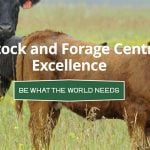Tag Archives Livestock and Forage Centre of Excellence
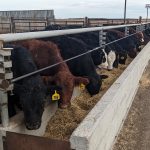
Turning waste into weight: making the most of screenings, fines and straw in beef diets

Metagenomics change how disease is diagnosed
Researchers at the University of Saskatchewan use the technique to identify disease through bacteria, pathogens and viruses

University of Saskatchewan to receive $3.4 million for beef genomics research facilities
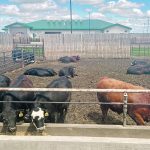
Producers can harness their beef market power
An agribusiness expert warns that cattle marketing must be about more than just selling calves to the highest bidder
Glacier FarmMedia – Any supplier should know their product inside and out. That includes cattle producers, says Brian Perillat, agribusiness specialist with More Than Just Feed, a group of feed and nutrition companies geared for the beef and dairy sector. Beef prices are still enjoying highs mid-way through 2024. “It’s good dollars in our pockets,” […] Read more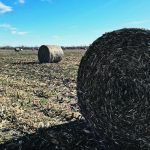
Corn stover studied for pregnant cows
Farmers must balance waste-not, want-not approach with proper prep and take specific steps before and while grazing
Glacier FarmMedia – Corn stover isn’t a common feed source in Western Canada, but a study suggests there’s potential for cattle if it’s managed correctly. In the study, bred cows were fed high-moisture corn residue or stover in an extended winter grazing system. “In drought years, corn stover can be less expensive to feed than […] Read more
Soil moisture deficit persists
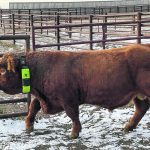
Beef research centre tests latest production technology
Researchers are studying small scales for cattle on pasture and bull neck collars to help producers detect females in heat
Use of smart technologies in beef production is only going to grow. That’s why the Livestock and Forage Centre of Excellence is focusing research on those areas. Dr. Dinesh Dadarwal, a veterinarian and assistant professor in large animal science at the Western College of Veterinary Medicine, said the LFCE tests technology so producers can make […] Read more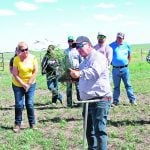
Manure should be applied precisely
Livestock producers are advised to vary their application rates over knolls and hollows and have patience for success
Precision application may not come immediately to mind when it comes to managing cattle manure, but Jeff Schoenau, professor of soil fertility at the University of Saskatchewan and professional agrologist, said it shows benefits for crops and the environment.